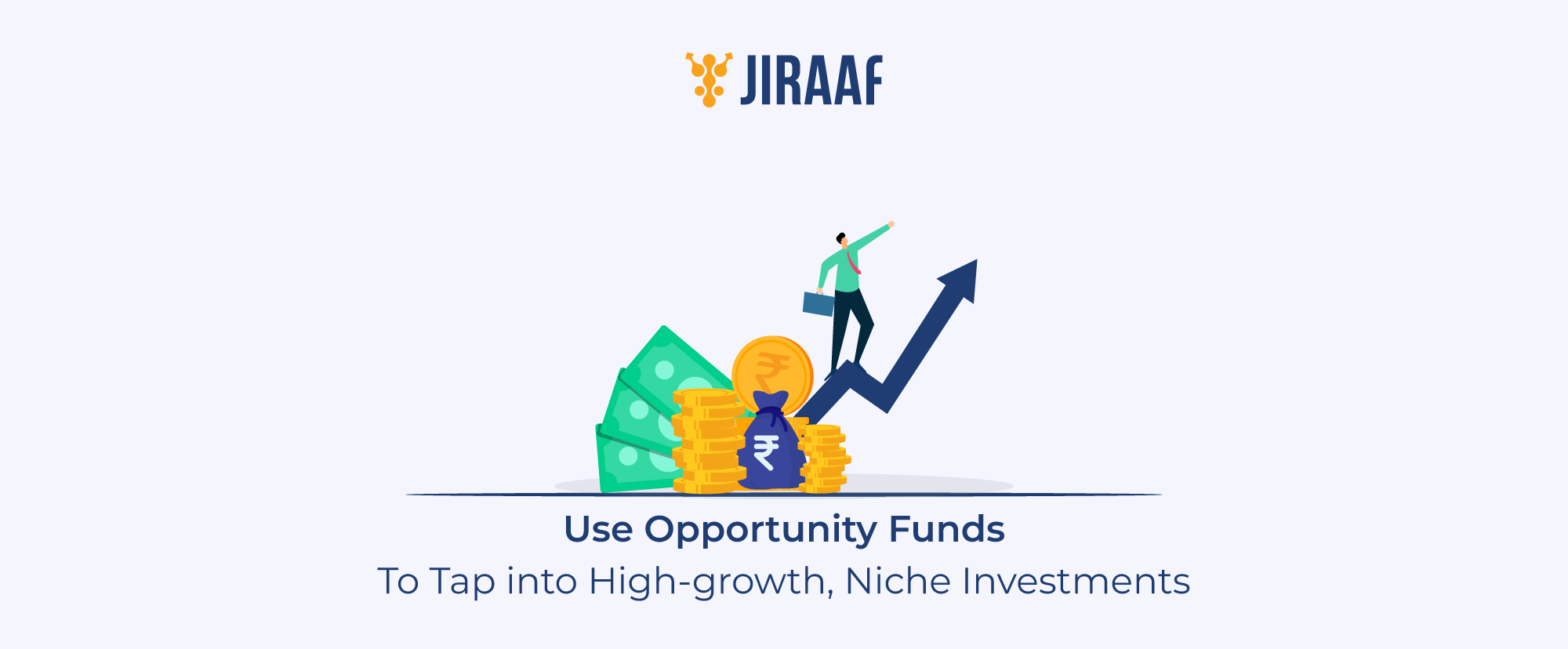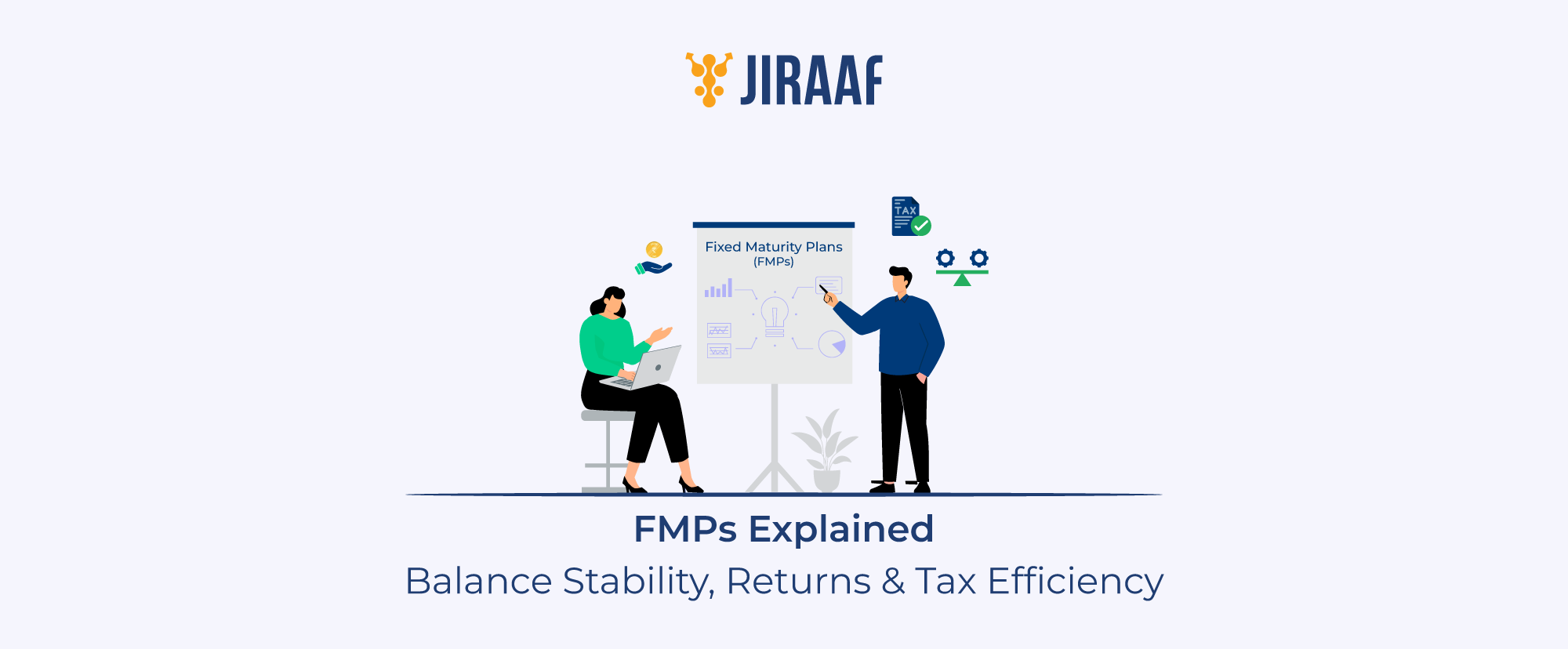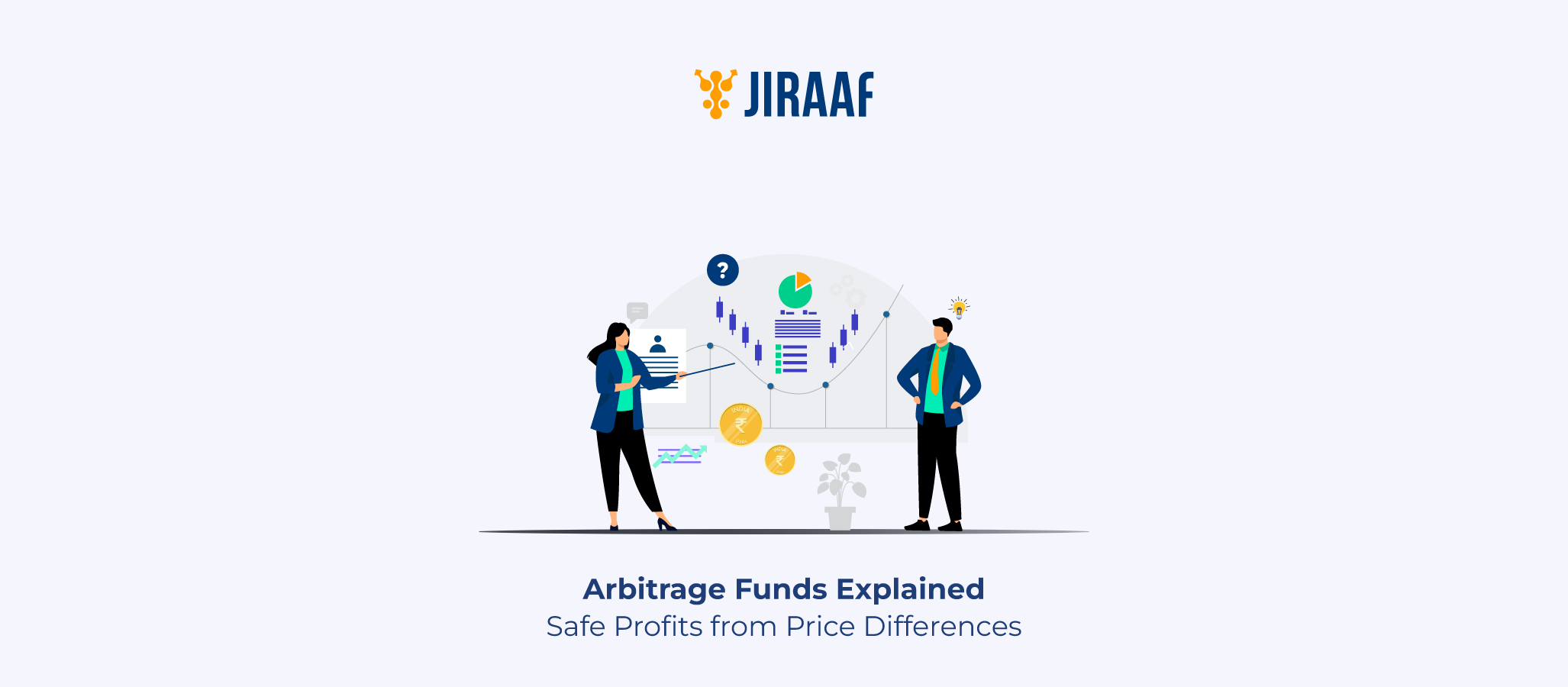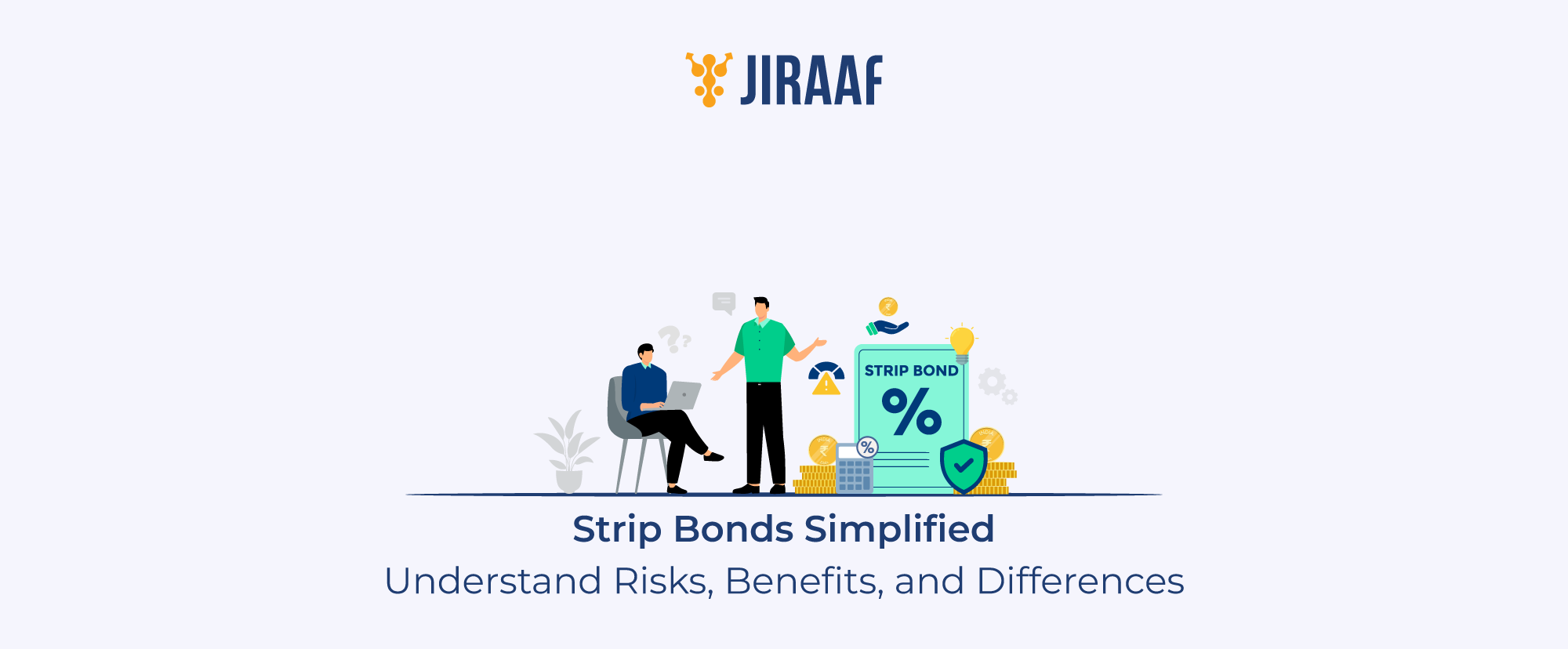You’re not alone if selecting the ideal mutual fund mix for your investing objectives has ever left you feeling overwhelmed. Having so many options – debts, sectors, hybrid, and equity – makes it easy to get confused. A Fund of Funds (FoF) can help you with that. Think of it as a carefully managed portfolio that makes investments in other mutual funds rather than directly in stocks or bonds. It’s a lot like hiring an expert in finance to oversee your mutual fund basket so you don’t have to worry about each decision independently. We’ll go over the definition of FoFs, the different kinds of FoFs in India, and whether you should include them in your investment plan in this blog.
What is FoF in a Mutual Fund?
A Fund of Funds (FoF), often referred to as a “super fund,” is a type of mutual fund that offers the convenience of investing in multiple mutual funds through a single investment. Instead of directly buying stocks or bonds, the fund manager builds a portfolio by investing in other mutual funds. Think of a FoF like a Netflix subscription for your investments – rather than choosing individual shows (funds) yourself, you get access to a professionally curated library (diversified portfolio) that saves you time, effort, and research, all managed by experts.
How Does a Fund of Funds Work?
The basic principle of a fund of funds strategy is that, in place of investing in individual funds, you may earn greater returns with lower risk by merging different hedge fund strategies into a single portfolio. By providing a more reliable route to possible gains, this diversification seeks to mitigate the volatility seen in fund investing. Funds of funds, which include mutual, exchange-traded, private equity, hedge, and other funds, are available for a variety of strategies. Let’s also look at an example that can help you analyze FoF.
Let’s say you wish to travel to five different European countries, but the thought of organizing each trip individually seems stressful. Instead, you reserve a guided trip package that manages all the arrangements – hotels, flights, and sightseeing – across all locations in one go.
In the same way, a FoF makes investments in a pre-selected combination of mutual funds (such as debt, equity, or international funds) that are suited to fulfil a certain objective. The FoF manager handles the tedious process of researching and purchasing ten distinct funds instead of you. They spread your money among the best-performing funds, which automatically rebalance when markets move and save time, so there is no need to monitor several funds.
Types of Funds of Funds in India
- Asset Class-Based FoFs: These make simultaneous investments in debt, equities, and gold funds. Ideal for auto-balancing between stable (debt/gold) and high-growth (equity) assets. For instance, a multi-asset fund may allocate your funds among a gold ETF, a corporate bond fund, and the Nifty 50 fund.
- International FoFs: Want to include Google or Apple in your portfolio? You don’t need a foreign broking account because these FoFs invest in international mutual funds and exchange-traded funds (ETFs). For instance, a US-focused FoF might provide you with hassle-free exposure to the Nasdaq or S&P 500.
- ETF-Based FoFs: If you admire ETFs but loathe DEMAT account management, these FoFs make ETF investments on your behalf. For instance, a Gold FoF invests your money in gold ETFs; no real gold or DEMAT is required.
- Thematic/Sectoral FoFs: Invest in several sector-specific funds at once to place bets on trends (tech, ESG, healthcare). For instance, a tech fund may combine an India IT fund with a NASDAQ ETF to gain exposure to the global tech market.
Advantages and Disadvantages of FoF
Let’s break down the pros and cons of investing in a fund of funds.
Advantages of FoF
- You can access premium funds by investing in distinct opportunities that are often reserved for the big investors.
- Benefit from instant diversification by investing in various funds with one investment.
- Trust experts to choose and rebalance funds.
- Gain broad exposure without researching numerous funds, thus making it a very simple process.
Disadvantages of FoF
- You pay multilayered expenses (FoF plus underlying fund fees).
- Over-diversification can lead to depleted returns, limiting your potential gains.
- Difficult to track where your money is invested.
- Limited transparency as underlying holdings are not always clear.
Who Should Invest in a Fund of Funds?
- First-time investors looking for easy diversification: FoFs allow you to control many funds with a single click—there is no need for selecting separate schemes. Ideal for you if you are new to investing and want immediate diversification without having to do extensive analysis.
- Investors focus on global markets: Want to include multinational companies (MNCs) in your portfolio? International FoFs provide overseas exposure without the complexities of foreign broking accounts.
- Long-term goal planners: Multi-asset funds of funds balance equities (growth), debt (stability), and gold (hedge), making them ideal for five-year or longer goals.
- ETF enthusiasts without a DEMAT account: Gold or index ETF-based FoFs allow you to effortlessly invest in ETFs without the requirement for a DEMAT account.
- Busy professionals prefer hands-off investment: No time to monitor markets? FoFs automate fund selection and rebalancing, ensuring that your portfolio remains balanced with minimal effort.
Direct vs Regular FoFs: Which One to Choose?
So you’ve decided to invest in a FoF. However, you now face a common split in the road: should you choose a Direct FoF strategy or a Regular FoF plan?
On the surface, both appear to come with the same benefit: access to a professionally managed portfolio that invests in other mutual funds. However, there is one significant difference between them – cost, which will ultimately influence your returns.
Let’s break this down so you can confidently choose what’s best for you.
Primarily, the difference between the two is that the direct plan of a fund of funds enables you to invest without needing a financial distributor or advisor; you’re essentially doing the research yourself, selecting and managing the investments through the fund house’s online portal or app. Considering there is no middleman, the fund’s expense ratio is also lower.
On the other hand, the regular plan requires a third-party distributor or adviser who helps you in selecting a fund, leads you through the process, and can offer portfolio guidance over time. The fund charges a slightly higher expense ratio for this, which includes any commissions or fees paid to the facilitators.
Conclusion
Ultimately, the right choice depends on your ability to manage investments independently, your understanding of asset allocation and risk management, and how well you grasp the dynamics of various asset classes like equity, debt, gold, and international funds. Assess your comfort level and financial knowledge before deciding what works best for you.
FAQs
What does FoF mean in mutual funds?
A fund of funds (Fof) is a mutual fund that invests in other mutual funds rather than equities or bonds. It delivers instant diversification by combining your money into numerous funds (equity, debt, or international) all in one transaction. It’s great for investors who seek ready-made portfolios without having to choose individual funds.
Is investing in fund of funds a good idea?
Investing in FoF offers quick diversification without the need for individual funds, if you prefer hands-off investing (professionals can rebalance), and need easy access to global/international markets. However, expect increased fees (double-layered expenses) and perhaps compromised results. Ideal for long-term investors who value convenience above maximum returns.
How can I invest in a fund of funds scheme?
You first pick a platform, complete your KYC if you are new to investing, choose a FoF based on your goal, and lastly invest your funds; you can choose between lump-sum and SIP.
Discover fixed income investments with Jiraaf, a SEBI registered online bonds platform that educates and brings access to a wide array of bonds. Sign up today to explore diversified fixed income investment opportunities to support your goal-based wealth creation journey. Start investing!









